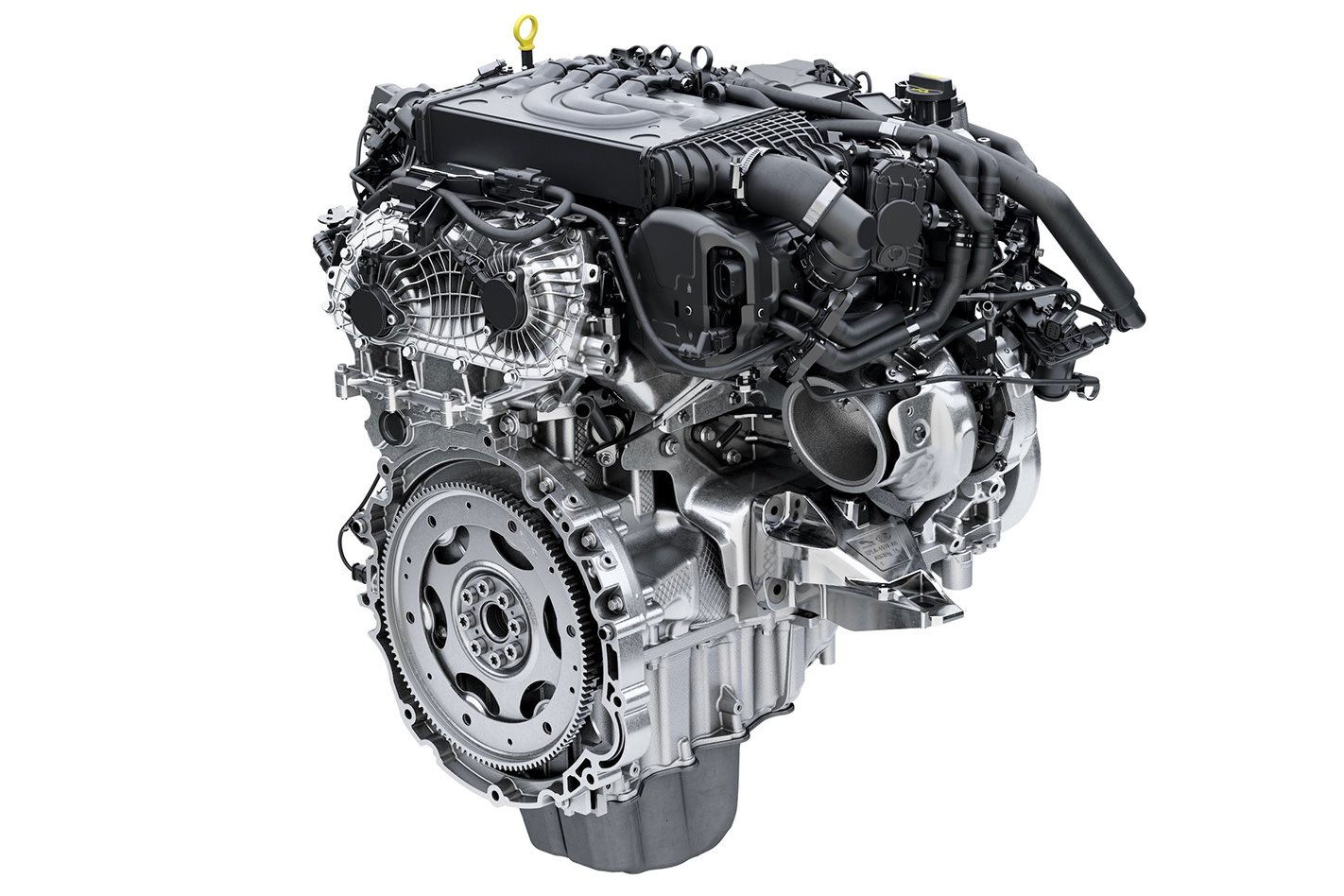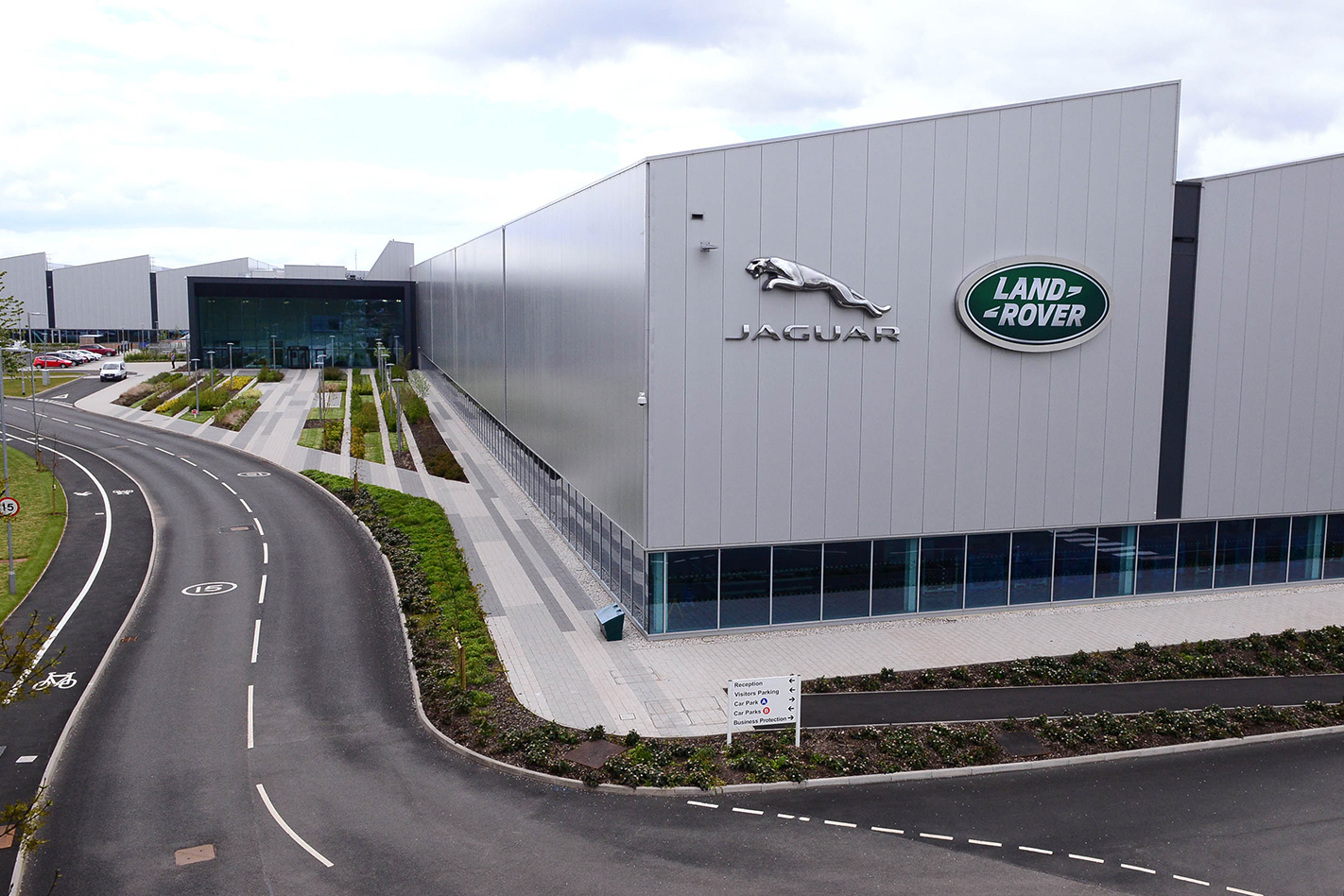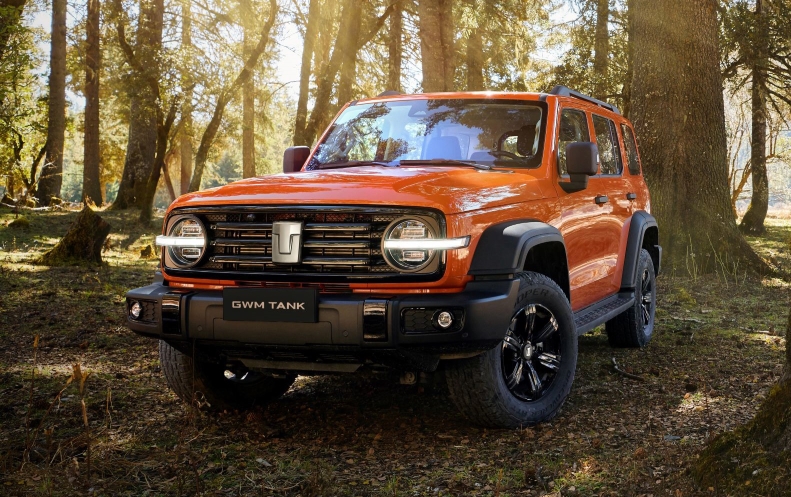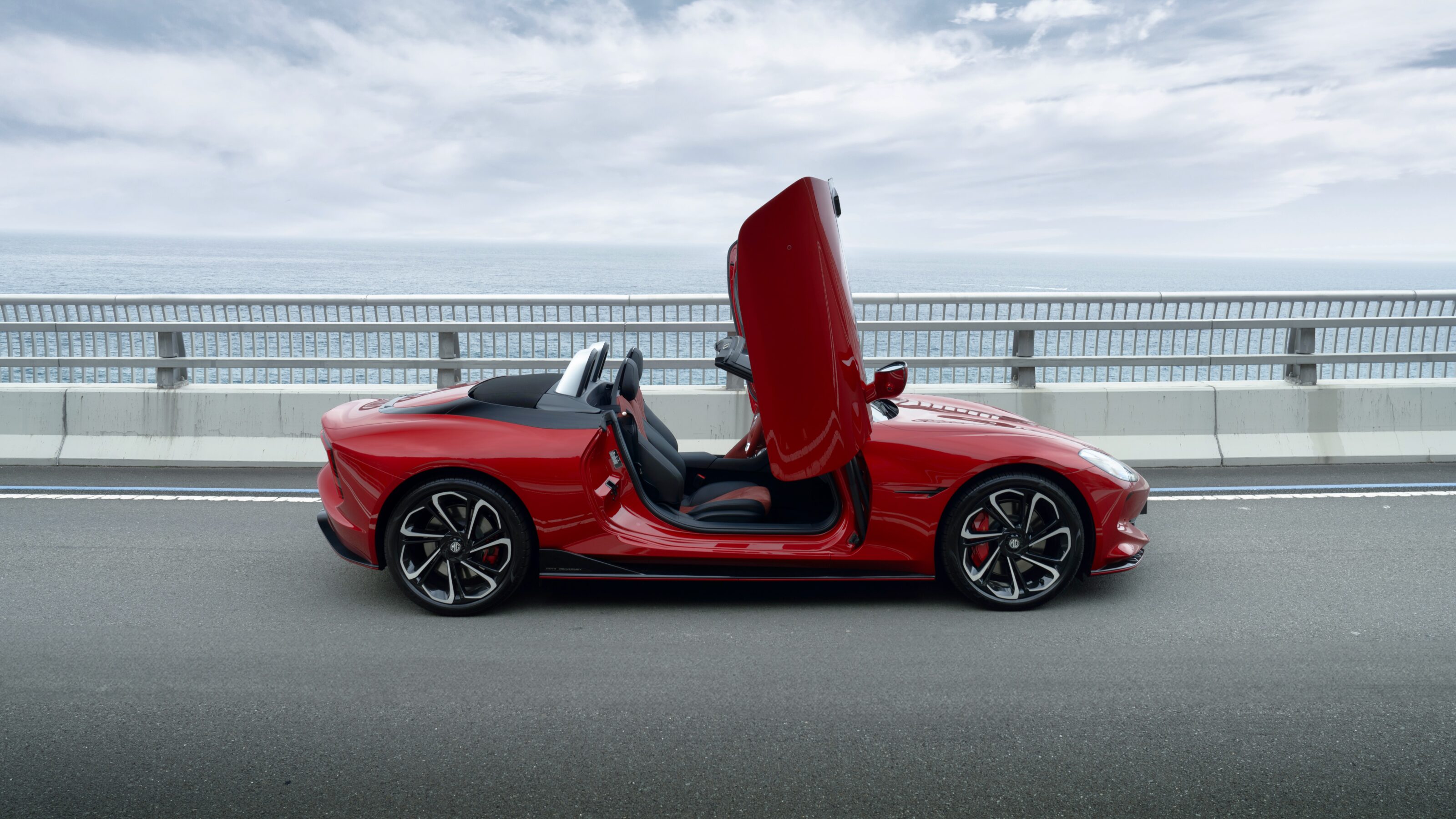
Jaguar has fired a warning shot straight across the bow of BMW and Mercedes-Benz announcing it too will join the exclusive in-line six-cylinder petrol engine party with a new 3.0-litre Ingenium engine.
The all-new engine will appear under the bonnets of Jaguar (and sister Land Rover) models from 2020 with power outputs of 265kW or 294kW, while torque will be rated between 495Nm and a hearty 550Nm.
Peak outputs are enabled by a new mild-hybrid system which adds a 48-volt electrical motor into the mix for a fuel saving of 20 percent compared with the outgoing V6, while a new filter reduces particulate emissions by up to 75 percent. Carbon emissions are also believed to be slashed.
Unlike the 3.0-litre V6, which relied on a belt-driven supercharger for boosted power outputs of up to 294kW, the Ingenium six uses a twin-scroll turbocharger supplemented by an electrically driven supercharger.

The more efficient turbocharger allows power equalling the current V6 hero for a reduced fuel bill, but loses none of the instantaneous acceleration and torque delivery thanks to its electric supercharger, says its maker.
While V6 engines traditionally allow more compact packaging, the evolution of straight-six units has allowed bulky auxiliary components to be relocated and package in tighter spaces. The real advantage of a returning six-pot is smooth power delivery thanks to a crank angle and firing order that V6 and even V8 engines cannot equal.
While BMW has stuck to its straight-is-best philosophy since the dawn of time, arch rival Mercedes recently returned to the in-line six format with the AMG E53 Coupe, after an extended tenure of V6-powered vehicles.
The revenant straight-six engine’s arrival in a year will end a 23-year hiatus for Jaguar, with its last in-line six put out to pasture with the X300 luxury sedan in 1997.
It’s the third engine to join the Ingenium family, following the initial four-cylinder diesel and the four-cylinder petrol after that, and is the continuing fruition of a £1b ($1.8b) Wolverhampton Engine Manufacturing Centre that went live in 2014.
The plant is a state of the art facility which draws 30 percent of its electricity from 21,000 solar cells, contributes no waste to land fill and was designed to allow ‘flexible engine architecture’ – an approach that enables a number of different engine configurations to be produced without the full cost of development and manufacture on different lines.
That flexibility could allow the company to add a fourth engine to the growing line-up and a 3.0-itre diesel six to replace its current V6 diesel.
Further educated speculation would also suggest that the new in-line six has plenty of capacity and the company will be wheeling out more potent versions for S and SVR-badged variants following its introduction.




